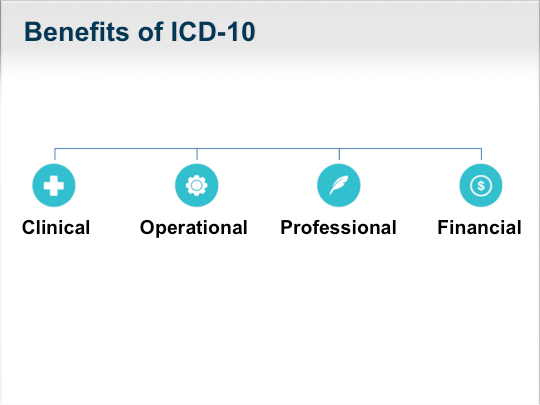
Sorted cells were grown in batch until viability declined to 10% and viable cells recovered again. To force a rapid evolution of cells to achieve high final cell concentrations, cells were seeded at high densities (10(7) cells/mL) and surviving cells were sorted by FACS or MACS when viability declined to 10% (typically after 24 h). After each reduction, both the final cell concentration in the batch and the viability decreased. Subsequently, the glutamine concentration was stepwise reduced from 8 to 4 and 2 mM. In this work, the CHO-K1 cell line was adapted to a chemically defined medium and suspension growth within 3 weeks. However, the resulting by-product ammonia is toxic at high concentrations and has a negative impact on protein glycosylation, a major quality-determining parameter of biopharmaceuticals. To improve growth and viability, glutamine is supplemented as an alternative energy source for rapidly dividing cells.

Read moreĭuring the process of recombinant cell line optimisation for production of biopharmaceuticals, multiple cellular properties like robustness against stress, the attainment of high cell concentrations and maintenance of high viability must be considered to maximize protein yield. PTSelect™ rapidly established a pool population with comparable stability and productivity to pools generated by traditional methods and can further be used to easily monitor productivity changes due to clonal drift, identifying individual cells with reduced productivity. This study describes the PTSelect™ principle and compares the productivity, doubling time and stability of clones developed by PTSelect™ with conventionally developed clones. selected and separated from cells without GOI by transfecting CD4/siRNA mRNA regulated by PTSelect™-siRNAs and exploiting the variable expression of CD4 on the cell surface.


Here, we report a novel technology, PTSelect™ that utilizes an siRNA cloned upstream of the gene of interest (GOI) that is processed to produce functional PTSelect™-siRNAs, which enable cell enrichment. Bioengineering (ISSN 2306-5354 CODEN: BIOENG) is an international scientific peer-reviewed, open access journal on the science and technology of bioengineering, published monthly online by MDPI.Ĭurrently, stable Chinese hamster ovary cell lines producing therapeutic, recombinant proteins are established either by antibiotic and/or metabolic selection. Submissions are requested by May 2021 and will be peer-reviewed and published once submitted, possible publication date September 2021. Submissions related to treatment of SARS-CoV2/COVID19 are particularly encouraged, but papers addressing other infectious diseases such as respiratory syncytial virus (RSV), Zika and Ebola viruses are also welcome.

Topics of particular interest include platforms for rapid discovery of antibodies, bispecific antibodies, strategies for rapid manufacturing to respond to emerging diseases, and repurposing of existing antibody therapeutics for novel indications in infectious disease. Manuscripts can include literature reviews as well a s primary research papers. Bioengineering is currently soliciting manuscripts for a special issue focusing on novel antibody therapeutics used to treat infectious disease.


 0 kommentar(er)
0 kommentar(er)
